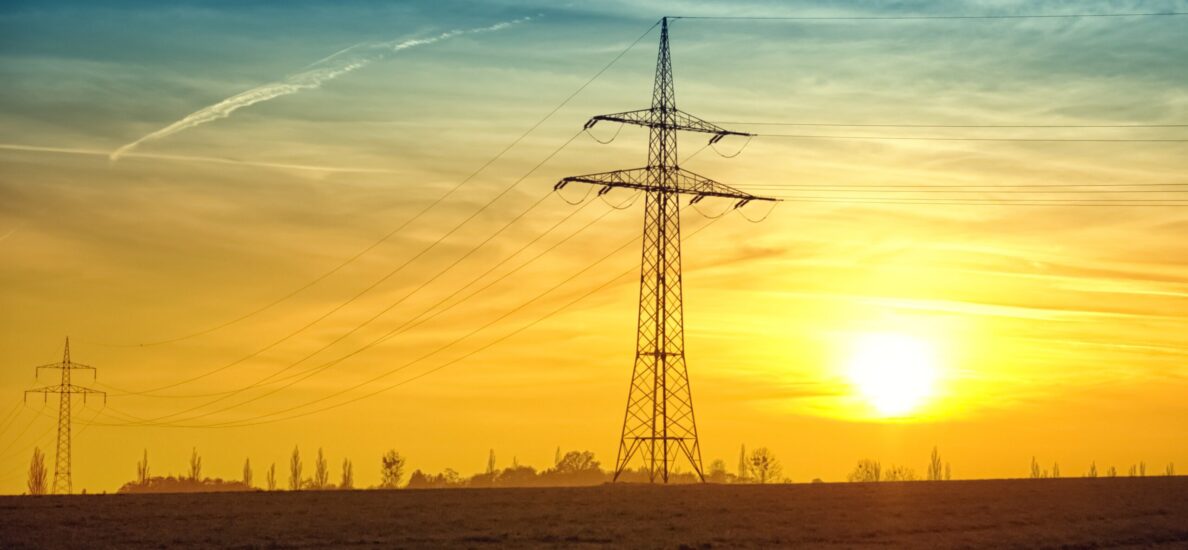Passive Solar Energy and Passive Solar Design of Homes
Passive solar energy refers to the process of utilizing the energy of the sun without any external or mechanical means. It is the most basic form of solar energy utilization and is often used in the construction of passive solar homes. Passive solar homes are designed to maximize the use of natural sunlight and heat to provide energy for heating, cooling, and lighting.
What is Passive Solar Energy?
Passive solar energy is a renewable energy source that requires no external power or mechanical devices to utilize. It is the simplest form of solar energy utilization and is widely used in homes, buildings, and other structures. Passive solar energy is achieved by designing buildings to capture, store and distribute heat energy from the sun to meet the heating, cooling and lighting needs of the occupants.
Passive solar energy is most effective in regions where there is a lot of sunlight, and the climate is suitable for the use of solar energy. However, even in regions where there is less sunlight, passive solar energy can still be used to reduce the energy consumption of homes and buildings.
How Passive Solar Design Works
Passive solar design is a process of designing buildings that maximize the use of natural sunlight and heat to provide energy for heating, cooling, and lighting. Passive solar design incorporates various elements such as the orientation of the building, insulation, ventilation, and shading.
The orientation of the building is the most important element of passive solar design. Buildings that are oriented to the south receive the most sunlight and are ideal for passive solar design. The south-facing side of the building is designed with large windows to allow sunlight into the building. The windows are strategically placed to capture the most sunlight during the winter months when the sun is low in the sky. The windows are also designed to provide shade during the summer months when the sun is high in the sky to prevent overheating.
Insulation is another critical element of passive solar design. The insulation of the building is designed to reduce heat loss during the winter months and prevent heat gain during the summer months. The walls, ceilings, and floors of the building are insulated with materials such as fiberglass, cellulose, or foam. The insulation also helps to reduce noise levels and improve the overall comfort of the building.
Ventilation is also an essential element of passive solar design. Proper ventilation ensures that fresh air is circulated throughout the building, and the indoor air quality is maintained. Passive ventilation can be achieved through the use of natural ventilation, such as opening windows and doors, or through the use of mechanical ventilation systems.
Shading is also an important element of passive solar design. Shading devices such as overhangs, awnings, and exterior shades are used to block direct sunlight during the summer months and allow for more direct sunlight during the winter months. Shading devices can also help to reduce the heat gain in the building and prevent overheating.
Benefits of Passive Solar Design
- Passive solar design offers several benefits to homeowners, building owners, and the environment. The following are some of the benefits of passive solar design:
- Reduced Energy Costs: Passive solar design reduces the need for artificial heating and cooling systems, which can significantly reduce energy costs. Passive solar homes use up to 50% less energy than conventional homes.
- Increased Comfort: Passive solar homes are more comfortable to live in than conventional homes. The use of natural sunlight and heat creates a more pleasant and comfortable living environment.
- Improved Indoor Air Quality: Proper ventilation in passive solar homes improves indoor air quality, which can have significant health benefits.
- Reduced Carbon Footprint: Passive solar design reduces the carbon footprint of homes and buildings by reducing energy consumption and reliance on fossil fuels.
- Increased Resale Value: Passive solar homes have a higher resale value than conventional homes due to their energy efficiency and environmentally friendly features.
- Sustainable Design: Passive solar design is a sustainable design approach that reduces the environmental impact of buildings and promotes the use of renewable energy sources.
Challenges of Passive Solar Design
Despite the many benefits of passive solar design, there are also some challenges that need to be considered. The following are some of the challenges of passive solar design:
- Climate Limitations: Passive solar design is most effective in regions with a lot of sunlight and a suitable climate for solar energy utilization. In regions with less sunlight or extreme climate conditions, passive solar design may not be as effective.
- Design Complexity: Passive solar design is a complex design process that requires careful consideration of various elements such as building orientation, insulation, ventilation, and shading. This can make the design process more challenging and costly.
- High Upfront Costs: The upfront costs of passive solar design can be higher than conventional building design. This is due to the additional materials and design elements required for passive solar homes.
- Maintenance Requirements: Passive solar homes require regular maintenance to ensure that the systems and components are functioning correctly. This can add to the overall cost of ownership.
Passive solar energy and passive solar design of homes offer many benefits to homeowners, building owners, and the environment. The use of natural sunlight and heat can significantly reduce energy costs, improve indoor air quality, and reduce the carbon footprint of homes and buildings. However, there are also some challenges that need to be considered, such as climate limitations, design complexity, high upfront costs, and maintenance requirements.
Despite these challenges, passive solar design is a sustainable design approach that can promote the use of renewable energy sources and reduce the environmental impact of buildings. With careful consideration of the design elements and proper maintenance, passive solar homes can provide comfortable and energy-efficient living environments for many years to come.

